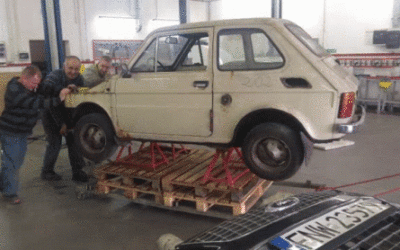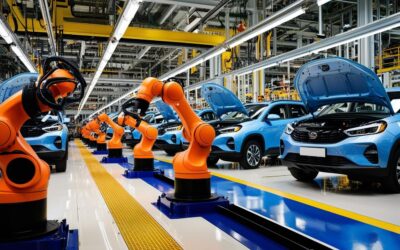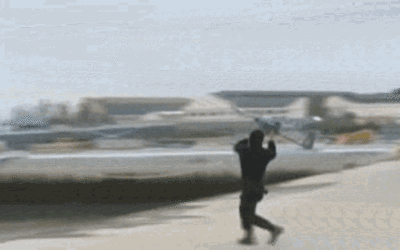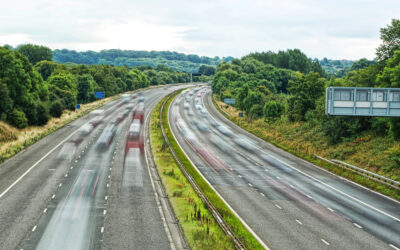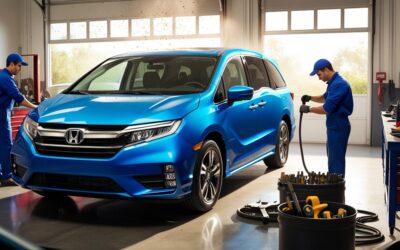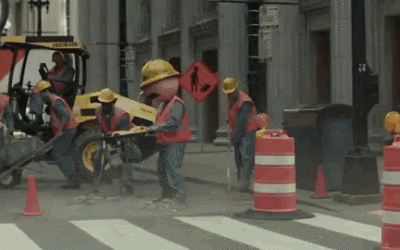UK HGV platooning trials move forward to the next stage
The Transport Research Laboratory (TRL) has moved forward with the next stage of platooning trials in the UK as it looks to hear from HGV operators.
Platooning involves trucks forming an identically spaced-out convoy which is organised in such a way that means that HGVs can drive closer together over long distances.
This reduces air drag friction, which brings down fuel consumption and in turn, saves fleet owners money.
Research into platooning
The Department for Transport (DfT) and Highways England joined forces to commission the HGV Platooning Project in 2017.
Research is currently being conducted into what the real-world benefits are for platooning, as well as considering whether the adoption of platooning among fleet operators could provide other benefits.
A reduction in fuel consumption would also help companies achieve lower emissions targets, research has indicated that the likelihood of accidents could reduce through the use of a convoy.
There are some concerns over the potential limitations of different platooning models, which is why researchers want to speak to HGV operators with box or curtain side trailers who undertake a ‘significant proportion’ of driving on motorways and A-roads.
Research into platooning first began to gather pace in 2014, with the commercial vehicle sector awaiting trials on safety and commercial benefits before proceeding with any implementation.
Potential benefits
The benefits of a system in which HGVs can travel on motorways with predetermined gaps between them will use autonomous technology, which opens the door to enhanced safety features.
In fact, figures released by the European Automobile Manufacturers project that platooning could reduce the CO2 emissions of trailing vehicles by as much as 16%, while lead convoy vehicles could see a reduction of 8%.
Development of the technology was gathering pace in 2019, with the likes of Daimler, Volvo, and Scania deploying prototypes in on-road trials across Europe.
A trial in Germany concluded that platooning is “Safe, technically and easily applicable in the routine of a logistics company”.
The current state of play
Research has slowed down, however, with the impact of the COVID-19 pandemic meaning that fleets have been focusing on pressing issues. And now, with the driver shortage in the UK, attention has turned to ensuring that the supply chain can be serviced effectively.
The fact that they’re moving onto the next stage of research is notable, with the UK freight sector moving a step closer to further automation and increased safety on the roads.
The combination of automation technology and a behind-the-wheel driver represents a significant change to the current system. Logistics technological research is a long way from trials on remote operation, but intelligent solutions are much closer…
It’s been more than a decade since the Safe Road Trains for The Environment project delved into the feasibility of road trains, or platoons as they’re more commonly known.
The main obstacle to its introduction, similarly to remote-controlled vehicles, is public distrust and fears over safety.
What do you think of the potential introduction of platooning for fleets? Would you consider it in the near future? Tell us at [email protected]

